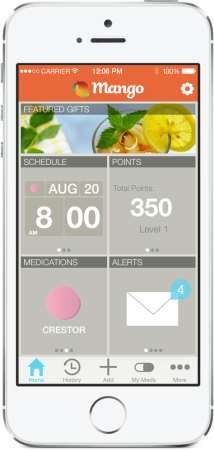March Madness
[youtube http://www.youtube.com/watch?v=_JMkm-DKQeU]
March. It’s now officially spring. Division One NCAA mens’ college basketball starts and we have the March 31st deadline to sign-up for health insurance through the Affordable Care Act.
With so much competition, those running the media campaign to get people to sign-up for health insurance know that the traditional use of PSAs to get your message across just won’t do it anymore.
Last week, President Obama appeared on the Funny Or Die series to reach a younger audience about signing up for health insurance. Young adults ages 18 to 34 are the least likely to be insured (nearly 30 percent in 2012) and the most likely to pay premiums without costing the system much. The 13 million views on the “Between Two Ferns” video in less than 24 hours resulted in driving a 40% increase in visits to healthcare.gov site.
Yesterday, President Obama appeared by live feed from the White House on the Ellen DeGeneres Show asking mothers to reach out to their kids and telling them to sign up for Obamacare.
The Ellen Show draws 3.5 million viewers daily.
“Moms out there, email your kids if they don’t have health insurance and tell them to at least check it out, because they may be pleasantly surprised that it’s much more affordable than people thought.”
Yesterday, President Obama also had a taped appearance on ESPN Radio’s Colin Cowherd show The Herd, to reach a wider young male audience. When asked about his recent unconventional appearances he said that as president “you have to remind yourself of the wonderful people that you are supposed to be serving, who have a sense of humor, and aren’t thinking every day about position papers.”
President Obama also talked about his picks in the NCAA men’s college basketball tournament. He promised to reveal his picks for the women’s college basketball tournament next week.
March Madness. I think the President understands that if you can figure out the brackets, braketology, you can certainly go to healthcare.gov and sign-up for health insurance.
[youtube http://www.youtube.com/watch?v=_JMkm-DKQeU] March. It's now officially spring. Division



 The
The 
